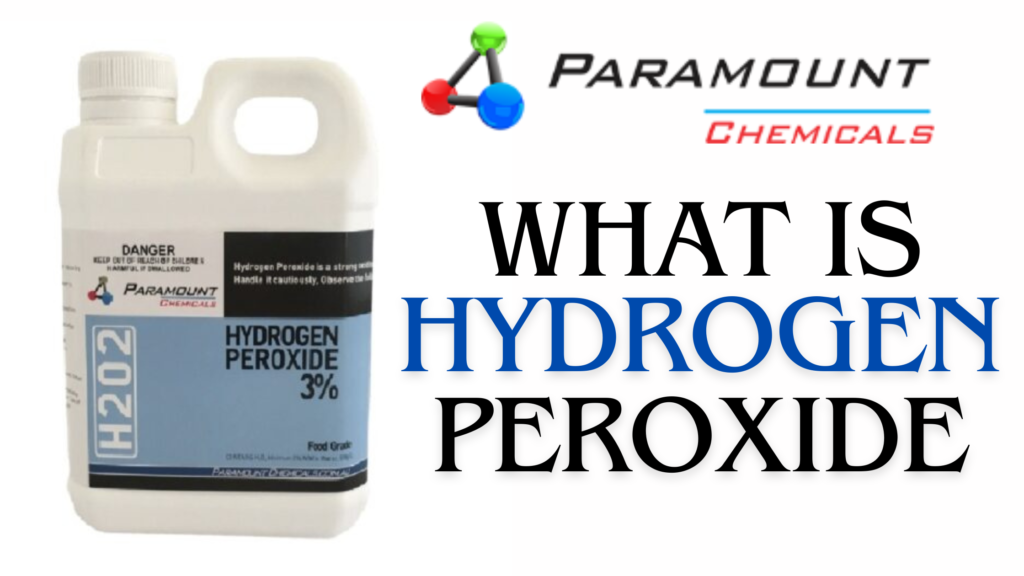Hydrogen peroxide, a chemical that contains water and oxygen, acts as a versatile antibacterial agent. The chemical synthesis of H2O2 was discovered in 1818, and in 1894 Richard Wolfenstein developed a method for its commercial production, which showed an important milestone in its high availability
Hydrogen Peroxide 6%
The antimicrobial activity of this compound is well documented. Able to destroy 99.9% of various microorganisms including viruses such as COVID-19, Hydrogen Peroxide 6% exhibits antibacterial, antifungal, antiviral, antimycobacterial and antibacterial properties Its versatility extends to drugs a for low and high disinfection, depending on its concentration in homes, commercial establishments, schools , health In service industries and is suitable for use in a variety of environments
Notably, hydrogen peroxide provides superior protection for humans and pets in addition to being 50 % environmentally friendly. In effect, excess oxygen attacks microorganisms and damages their membranes, DNA, and other cellular components, rendering them defenceless This feature is the relative defence against hydrogen peroxide establishing itself as the best choice for disinfection and cleaning.
The Centers for Disease Control and Prevention (CDC) supports the use of hydrogen peroxide for disinfection, and provides guidelines for use at concentrations as low as 0.05% for routine cleaning Dosing is recommended of 7.5% for high disinfection, which takes 30 minutes at 20 degrees Celsius is available. It is now mandatory to maintain the same volume for six hours at the same temperature to achieve sterilisation. With a two-year shelf life, hydrogen peroxide is effective for up to 21 days after manufacture.
In its purest form, hydrogen peroxide appears as a pale blue liquid that is slightly thicker than water and has a bitter taste. Originally thought to be unstable due to unsuccessful attempts to separate pure H2O2 from water, this instability was investigated using the required impurities, especially transition-metal salts, which cause rapid decomposition
Hydrogen Peroxide 50%
In some cases, hydrogen peroxide 50% decomposes into water and oxygen, especially when exposed to metallic salts such as nickel, iron, manganese, chromium, copper, and so on. Because it is incombustible, its naturally hot nature can cause it to decay spontaneously, releasing heat and oxygen. Furthermore, its strong oxidising properties can cause spontaneous combustion upon contact with organic matter.
Hydrogen Peroxide 3%
Hydrogen peroxide in various strengths can be found in pharmacies, supermarkets and commercial markets. Typical levels include 3%, commonly used for household items, and 6% for hair whitening. More than 8% to 10% of water finds applications in textiles and paper for bleach, rocket fuel, foam, rubber, and organic chemicals commercially available can range from 50% to even 90%, but consumers must use due to their high volatility and skin-. Caution should be taken due to potential hazards such as eye irritation
Despite its minor drawbacks, hydrogen peroxide 6% is still an effective disinfectant and sanitizer at a cost of 6 % less. Its proven effectiveness continues to make it the highest ranking of disinfectants and cleaners available.

